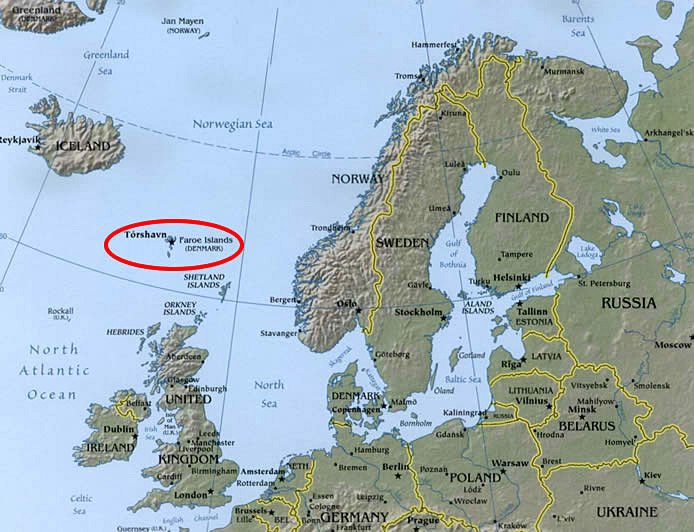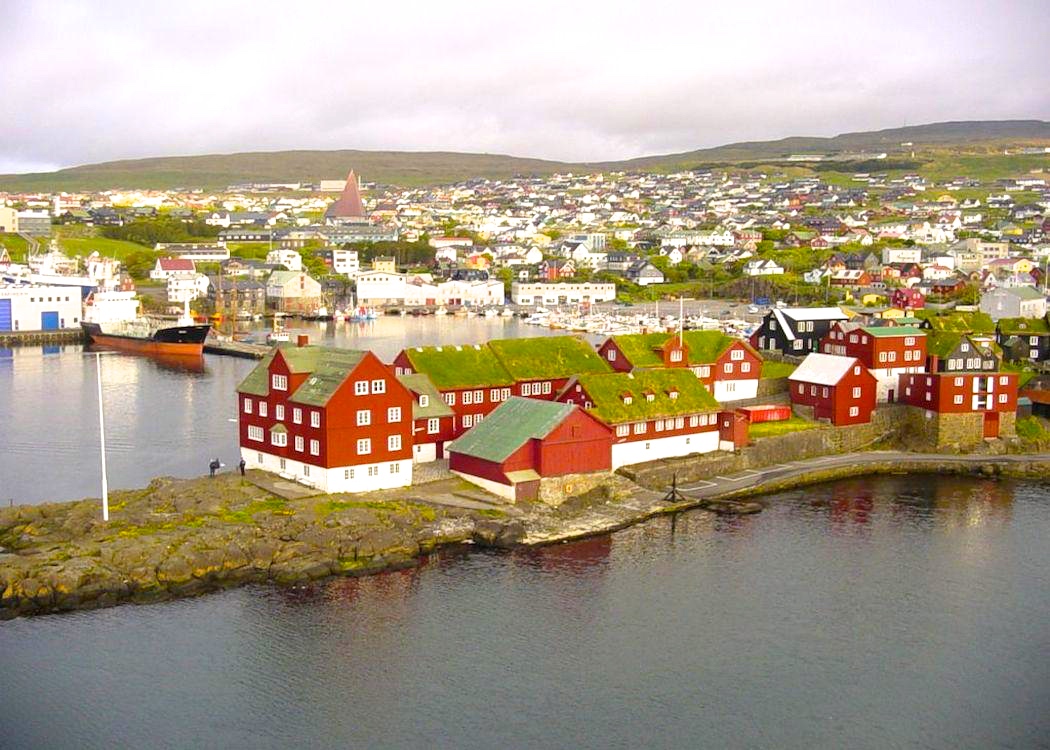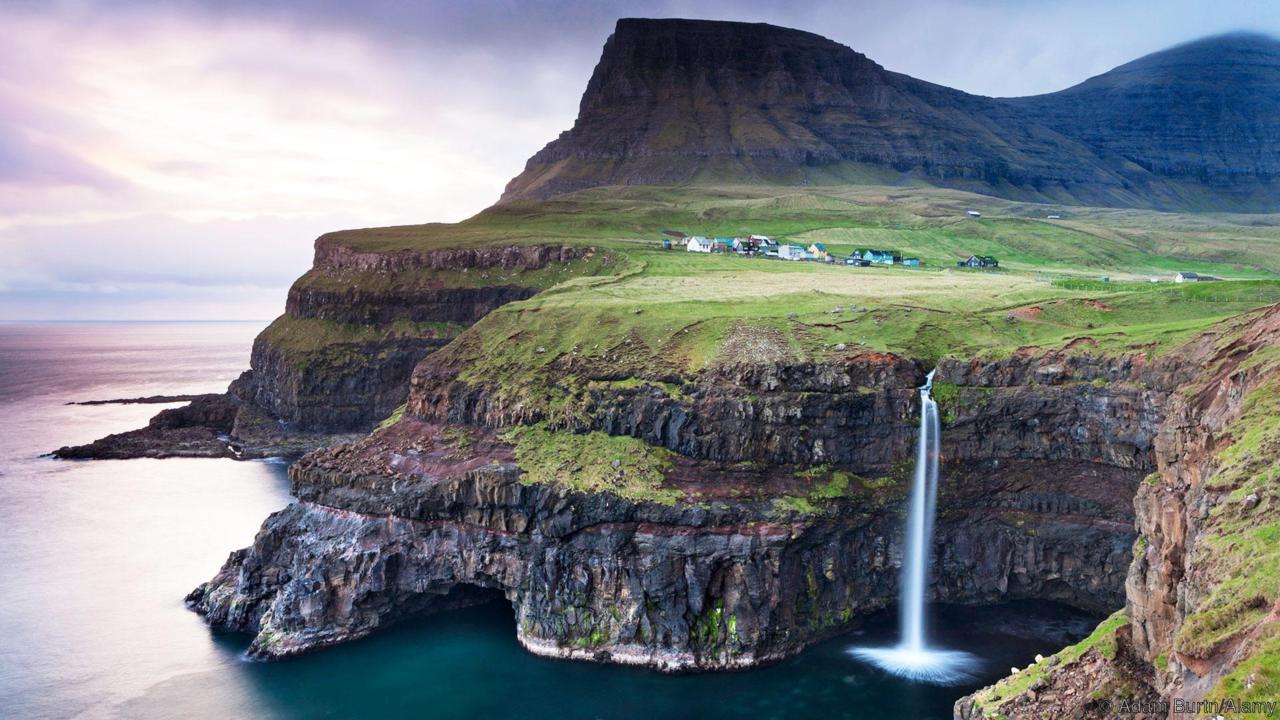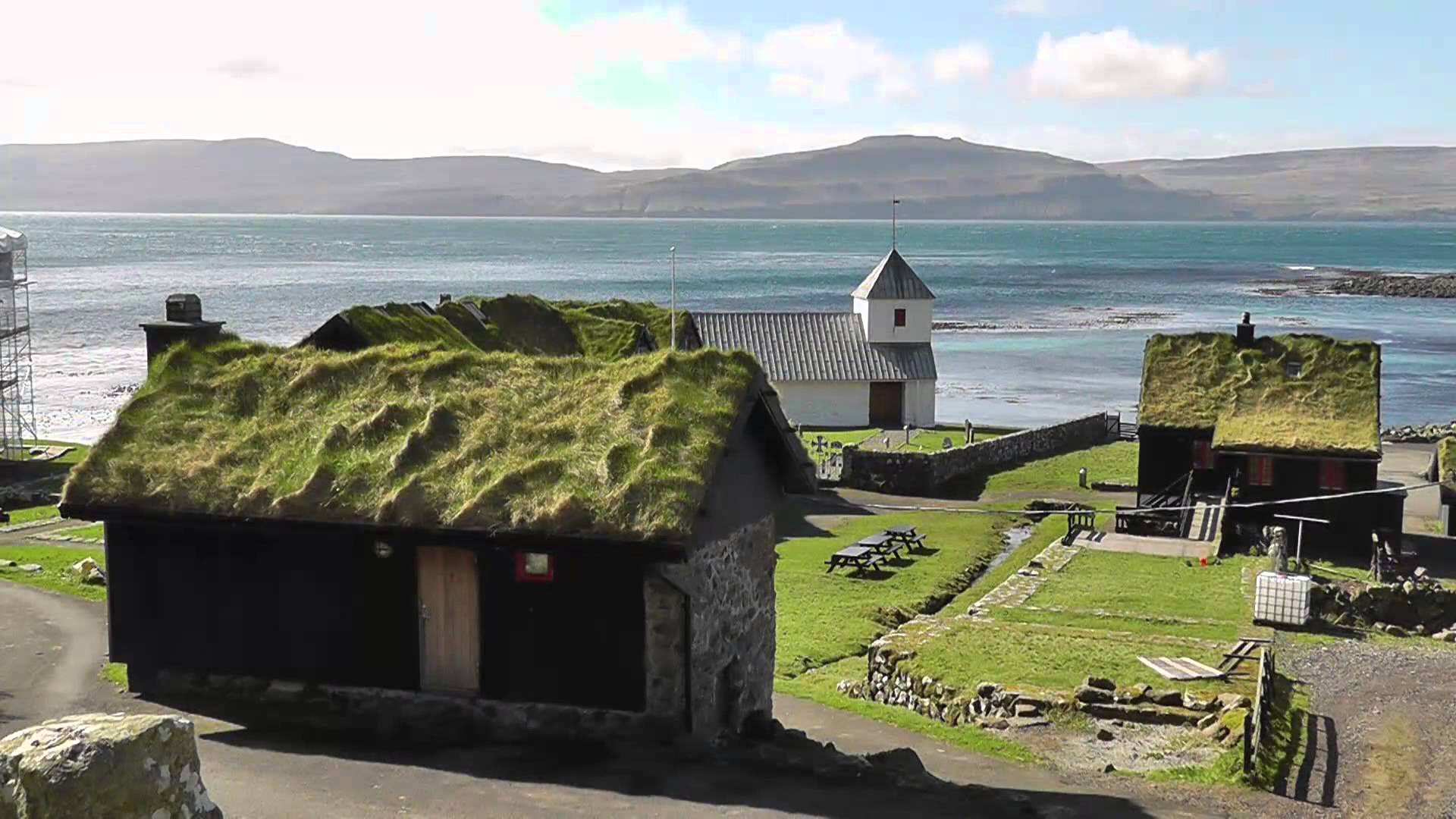“Eigil said that the Faroese were an extremely clannish society, and that one of the particularities of clan bonds was that they were based on smell. Those who lacked a father did not necessarily smell bad, but they smelled different. The connection between children and parents was essentially based on everyone smelling right. That was just how it was.”
 If this description of family relationships sounds different from anything you have ever read before, be prepared for even more surprises. This novel, a modern epic of the Faroe Islands, closely resembles a tell-all “confidential” over several generations while also presenting a vibrant panorama of island history. In this, The Brahmadells may be unique – at least among books in recent English translation. Written in Faroese by Joanes Nielsen, a native of the Faroe Islands, and translated by Kerri A. Pierce, the novel is pure Faroese in setting, atmosphere, and character. Eigil Tvibor, around whom the novel revolves, is a Faroese author who starts out working on a book containing the cultural history of the islands and then decides to “work some of his own family history into the book.” Of particular interest to him is his great-great-grandfather, Nils Tvibur, who survived the measles epidemic which killed fifty of the 800 inhabitants of the island in the mid-nineteenth century. Though Eigil Tibor asserts that Nils, a violent man, did exhibit some praiseworthy traits during his lifetime, Eigil also admits that Nils “had not been a good person, and truth be told, he sometimes suspected he [himself] was more like his great-great-grandfather than he knew.”
If this description of family relationships sounds different from anything you have ever read before, be prepared for even more surprises. This novel, a modern epic of the Faroe Islands, closely resembles a tell-all “confidential” over several generations while also presenting a vibrant panorama of island history. In this, The Brahmadells may be unique – at least among books in recent English translation. Written in Faroese by Joanes Nielsen, a native of the Faroe Islands, and translated by Kerri A. Pierce, the novel is pure Faroese in setting, atmosphere, and character. Eigil Tvibor, around whom the novel revolves, is a Faroese author who starts out working on a book containing the cultural history of the islands and then decides to “work some of his own family history into the book.” Of particular interest to him is his great-great-grandfather, Nils Tvibur, who survived the measles epidemic which killed fifty of the 800 inhabitants of the island in the mid-nineteenth century. Though Eigil Tibor asserts that Nils, a violent man, did exhibit some praiseworthy traits during his lifetime, Eigil also admits that Nils “had not been a good person, and truth be told, he sometimes suspected he [himself] was more like his great-great-grandfather than he knew.”
 Tracing several generations through the eighteenth century to the present, Joanes Nielsen creates characters who relish their independence and still resent the foreign countries which have tried to tame them and bring them under political control. The British, Norwegians, and Danish have all occupied and left their marks on the Faroe Islands, and the characters who live in this novel during these periods convey their own individual resentments and, sometimes, act upon them with violence. The British and Norwegians are long gone now, and the Danish have granted the islands home rule within the kingdom. Still, in the present, many of the characters shown here are passionately engaged in political efforts and council work, fighting some of the same battles we see in other democracies regarding universal questions: How conservative do the islands want to be? How much do they want to provide help to their residents in need? What role does religion play in deciding the answers? And what role do unions play? In the Faroe Islands, some dramatic cultural elements also become issues – How much strange, even horrifying, activity can be attributed to ghosts, and how much does the supernatural influence the outcome of events? What is one to do when s/he receives messages from beyond the grave? And how is the country to deal with those who possess long-recognized family histories of violence which they believe are inherited?
Tracing several generations through the eighteenth century to the present, Joanes Nielsen creates characters who relish their independence and still resent the foreign countries which have tried to tame them and bring them under political control. The British, Norwegians, and Danish have all occupied and left their marks on the Faroe Islands, and the characters who live in this novel during these periods convey their own individual resentments and, sometimes, act upon them with violence. The British and Norwegians are long gone now, and the Danish have granted the islands home rule within the kingdom. Still, in the present, many of the characters shown here are passionately engaged in political efforts and council work, fighting some of the same battles we see in other democracies regarding universal questions: How conservative do the islands want to be? How much do they want to provide help to their residents in need? What role does religion play in deciding the answers? And what role do unions play? In the Faroe Islands, some dramatic cultural elements also become issues – How much strange, even horrifying, activity can be attributed to ghosts, and how much does the supernatural influence the outcome of events? What is one to do when s/he receives messages from beyond the grave? And how is the country to deal with those who possess long-recognized family histories of violence which they believe are inherited?
Time is fluid here, as are the characters and families which appear within each time frame/chapter. Eigil Tvibor introduces himself as an author in the opening pages, suggesting metafictional elements which appear again near the conclusion. He gives some early clues about the stories here, including his own disgrace for dishonoring the grave of a surgeon from the mid-1800s. The measles epidemic of 1846 is described, as are the political reasons for Eigil’s strong dislike of the surgeon whose grave he has defiled. He includes a short quotation from T. S. Eliot, introduces his girlfriend Karin, and describes his own arrest – all this within a busy opening chapter which raises many of the topics which will be developed further over the more than two centuries of the novel.
The next chapter shifts time, describing the arrival of a three-masted schooner from Copenhagen and the arrival of an unnamed passenger, who gives an apple to a six-year-old local child named Tovo. That child becomes the subject of the third chapter in which he tries to save his twelve-year-old dog from being shot by his father. This child will eventually become the assistant for Napoleon Nolsoe, whose grave Eigil Tvibor defiles over a hundred years later. Connections do exist among these chapters, but sometimes it takes several more episodes before the reader will be able to connect all the details, especially as they may involve other generations with new characters bearing the same last names. Occasionally, author Nielsen will provide the sad or dramatic ending to an episode without having given the background which has led to it, only to include this needed information later when he is describing a different character or situation.
Nielsen includes many other genres to illustrate the characters’ feelings, including a ballad, a stomach-churning short story, an occasional love story, and a couple of episodes of torture and disembowelment, all presented as entertainment. References to, and sometimes quotations from, Keats (“Ode on a Grecian Urn), Walt Whitman, August Strindberg, Charles Dickens, Henrik Ibsen, and others, along with the lyrics to favorite songs by Dusty Springfield and the repeating image of a child ballet dancer by Edgar Degas, add to the continuing literary and cultural allusions. While these references provide philosophical and artistic context to enhance some of the action here, other examples of the novel’s content are repulsive in their vividly described appeals to a person’s worst fears. Though an epic’s usual purpose is to provide a broad historical record of the deeds and adventures of a cultural hero, some deaths or dismemberments here, described with what seems like gleeful horror, feel more like what one would expect in a grotesque comic book, an epic carried to extremes for the modern audience.
One of the characteristics which female readers will not be able to ignore is the male expectation of control in the action. While this is obviously consistent with the tone of most other historical “epics” from times before women were recognized as having abilities, talents, and strengths of their own, the male belief here that “I didn’t have any control” or “I inherited my tendency to violence from my family” gets old quickly. Overall, however, the novel provides many chances to see the Faroe Islands in detail, and many readers will celebrate the opportunity to share a “new” culture with its author while enjoying the trip.
Photos: The author’s photo appears on http://www.bokbyen-skagerrak.no
Map of the Faroe Islands: https://www.seashepherd.org/
Torshavn, the capital of the Faroe Islands: https://www.commonspace.scot/
One of the Faroe Islands’ most beautiful sights, Uti a Bo: https://www.commonspace.scot/ Photo by Adam Burton/Alamy
A sod hut overlooking the Atlantic. Click to get a video of the Faroe Islands: https://www.youtube.com




